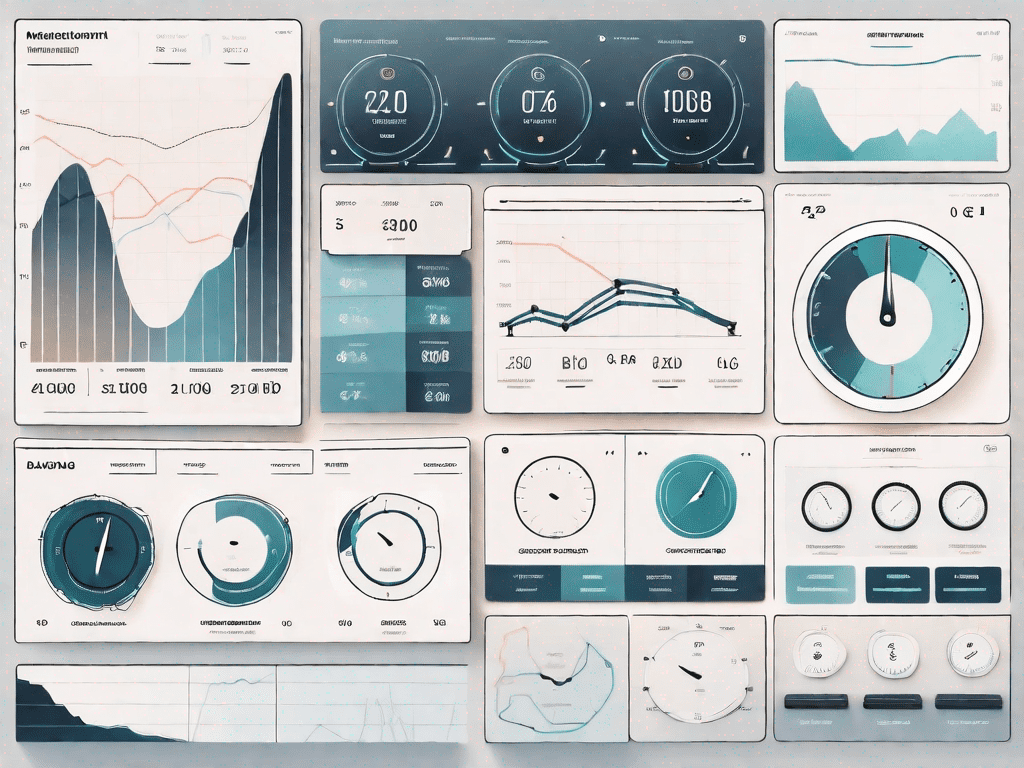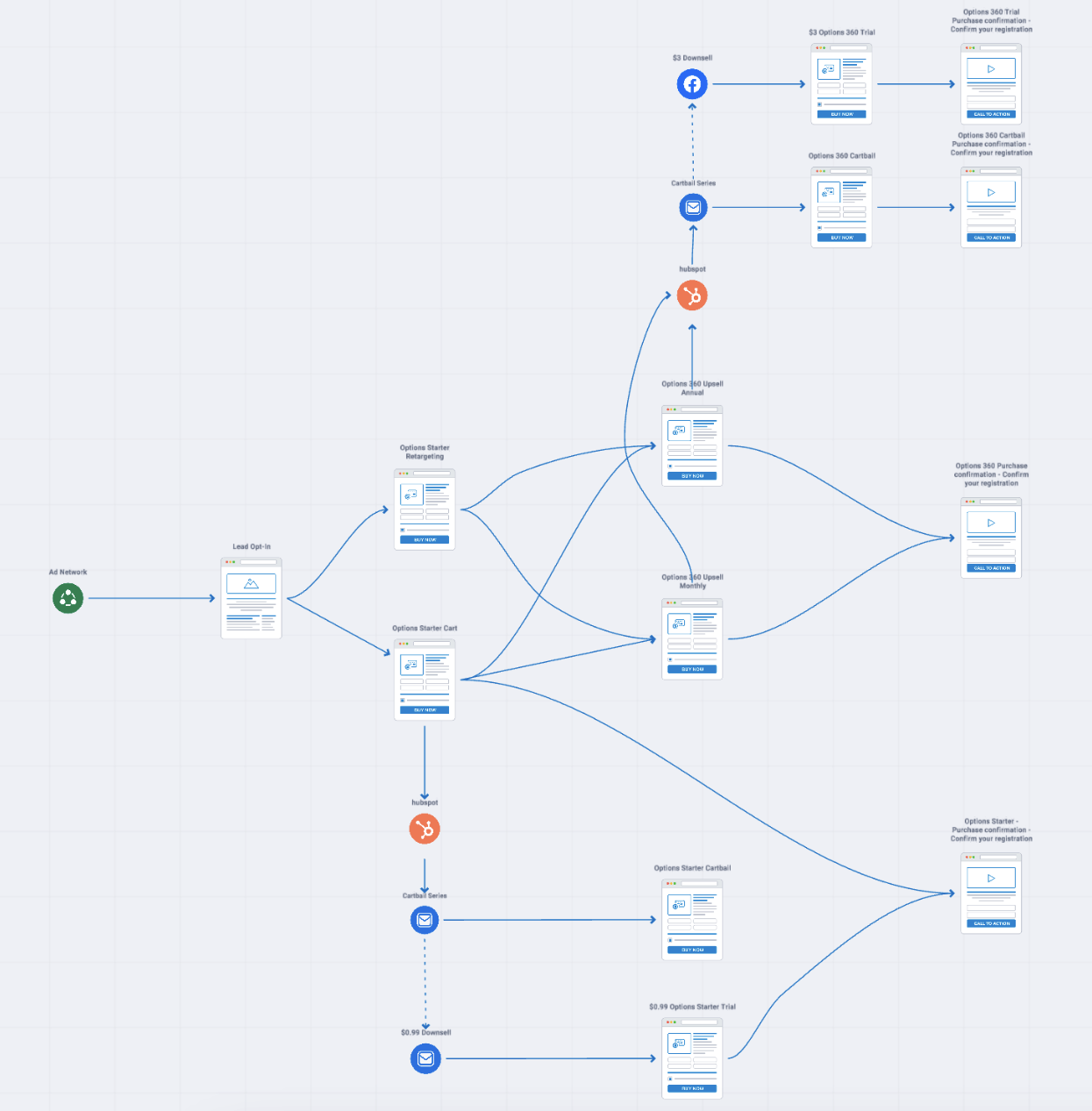In a world where consumers are constantly bombarded with ads, it’s no surprise that ad fatigue has become a hot topic for marketers. Ad fatigue occurs when people become disinterested or even annoyed with ads, resulting in lower engagement rates and wasted advertising dollars. But don’t worry, there are strategies that can help you avoid ad fatigue and keep your campaigns fresh and engaging. Here are 5 ways to make sure your ads stay effective over time.
Understanding Ad Fatigue
Before diving into some possible solutions, it’s important to understand what ad fatigue actually is and why it matters. Ad fatigue happens when consumers see the same ad multiple times and start to tune it out, leading to decreased effectiveness and response rates. This is especially problematic for campaigns that run for extended periods of time. The good news is that there are proactive steps marketers can take to prevent ad fatigue from negatively impacting their campaigns.
What is Ad Fatigue?
Ad fatigue is a condition that occurs when people are overexposed to advertising and stop responding to it. It often happens when consumers see the same ad too many times, causing them to grow tired of the message and tune it out. This can lead to decreased engagement rates, lower click-through rates, and ultimately wasted ad spend.
For example, imagine seeing the same car commercial every time you watch a YouTube video or visit a website. After a while, you may start to ignore the ad or even feel annoyed by it. This is a clear sign of ad fatigue.
Why Ad Fatigue Matters for Your Campaigns
Ad fatigue can lead to a number of negative consequences for your campaigns. Not only can it result in lower engagement and response rates, but it can also impact your brand’s reputation. A consumer who is constantly shown the same ad may begin to associate your brand with annoyance or irritation, damaging your overall image and brand recognition.
In addition, ad fatigue can be costly. When consumers stop responding to your ads, you’re essentially wasting money on impressions that aren’t driving results. This can be a huge problem for campaigns with a limited budget or for businesses that rely heavily on performance advertising to drive sales.
However, it’s important to note that not all ad exposure is bad. In fact, some research suggests that repeated exposure to ads can actually increase brand awareness and familiarity. The key is finding the right balance between exposure and overexposure.
1. Ad Sequencing
One way to combat ad fatigue is by using ad sequencing. This involves showing consumers a series of ads that build on each other and tell a story, rather than showing the same ad repeatedly.
Ultimately, the key to avoiding ad fatigue is to stay creative and keep your campaigns fresh. By testing different ad formats, messaging, and targeting strategies, you can keep your audience engaged and interested in your brand.
2. Rotate Your Ad Creatives
One of the most effective ways to avoid ad fatigue is to constantly switch up your ad creatives. This means using different images, messaging, and calls-to-action in your ads to keep them fresh and interesting.
Ad fatigue occurs when your audience becomes bored or uninterested in your ads because they have seen them too many times. This can lead to a decrease in engagement and ultimately, a decrease in conversions. By rotating your ad creatives, you can keep your audience engaged and interested in your brand.
Importance of Fresh Visuals
Visuals are a key component of any ad, and fresh visuals can help you stand out from the crowd. Consider experimenting with different images, colors, and layouts to make your ads more eye-catching and engaging.
For example, if you’re advertising a new product, you could use images that showcase the product in different settings or angles. You could also experiment with different colors to see which ones are most effective in grabbing your audience’s attention.
In addition to visuals, you may also want to rotate your copy with different messaging or tone to test what resonates best with your audience. This could include using different headlines, taglines, or calls-to-action.
Tips for Effective Ad Rotation
When rotating your ad creatives, it’s important to pay attention to performance metrics to determine which ads are most effective. Keep track of things like click-through rates, conversion rates, and engagement rates to see which ads are performing the best.
You can then use this data to adjust your ad rotation strategy over time for maximum effectiveness. For example, if you notice that one ad is consistently performing better than the others, you may want to increase the frequency of that ad while decreasing the frequency of the others.
Another tip for effective ad rotation is to consider the seasonality of your business. If you’re a retailer, for example, you may want to rotate your ads to reflect different holidays or seasons throughout the year. This can help keep your ads relevant and timely.
In conclusion, rotating your ad creatives is a key strategy for avoiding ad fatigue and keeping your audience engaged. By experimenting with different visuals and messaging, and paying attention to performance metrics, you can create a successful ad rotation strategy that drives conversions and grows your business.
3. Target New Audiences
If you’re worried about overexposing your ads to the same audience, one solution is to target new audiences instead. This can help you expand your reach and prevent ad fatigue by showing your ads to fresh eyes. Here are some strategies for targeting new audiences:
Expand Your Reach
Expanding your reach can be as simple as targeting new demographics or geographic regions with your ads. Consider expanding your targeting to different age groups, genders, or locations to reach new audiences and keep your campaigns fresh. You can also experiment with targeting interests or behaviors to find new and relevant audiences.
Utilizing Lookalike Audiences
Lookalike audiences are a powerful tool for targeting new audiences that are similar to your existing customers. By using tools like Facebook’s Lookalike Audiences, you can find people who share similar characteristics and interests as your current customers and target them with your ads. This can help you find new customers who are likely to be interested in your brand and keep your campaigns effective over time.
4. Optimize Ad Frequency
Another way to prevent ad fatigue is by optimizing your ad frequency. This means finding the sweet spot between reach and frequency to ensure that your ads are effective without overexposing your audience to the same messaging. Here are some tips for optimizing your ad frequency:
Monitoring Ad Frequency Metrics
Metrics like ad impressions and frequency can help you determine how often your ads are being shown to the same audience. Keep track of these metrics and adjust your ad frequency as necessary to avoid overexposure and ad fatigue.
Luckily, we have an extensive guide to Understanding the Metrics of a Successful Marketing Funnel available for you to reference.
Balancing Reach and Frequency
It’s important to strike a balance between reach and frequency to maximize the effectiveness of your ads. While it’s important to reach as many people as possible, you also don’t want to show the same ad too many times to the same audience. Experiment with different ad frequency settings to find what works best for your campaign.
5. Experiment with Different Ad Formats
If you’re seeing signs of ad fatigue, it may be time to experiment with different ad formats. By switching up the way your ads are presented, you can keep your audience engaged and interested. Here are some different ad formats to consider:
Exploring Various Ad Types
There are many different types of ads, from text-based ads to video ads to social media ads. By experimenting with different types of ads, you can find what works best for your audience and keep your campaigns fresh and engaging. Consider using a mix of ad types to keep your messaging varied and interesting.
Matching Ad Formats to Your Goals
When choosing ad formats, it’s important to consider your goals and what you’re trying to achieve with your campaigns. Different ad formats may be better suited to different goals, such as building brand awareness or driving conversions. By matching your ad formats to your goals, you can ensure that your ads are effective and engaging.
Ad fatigue is an ever-present concern for marketers, but by taking proactive steps to keep your campaigns fresh and engaging, you can avoid its negative impacts. By rotating your ad creatives, targeting new audiences, optimizing ad frequency, and experimenting with different ad formats, you can keep your ads effective and engaging over time. Keep these strategies in mind as you plan your next advertising campaign, and watch as your engagement rates and ROI soar.
If you need help refreshing your ad creative and don’t know where to go, reach out to us today and one of our Ad Creative experts can help guide you in a free strategy session.



